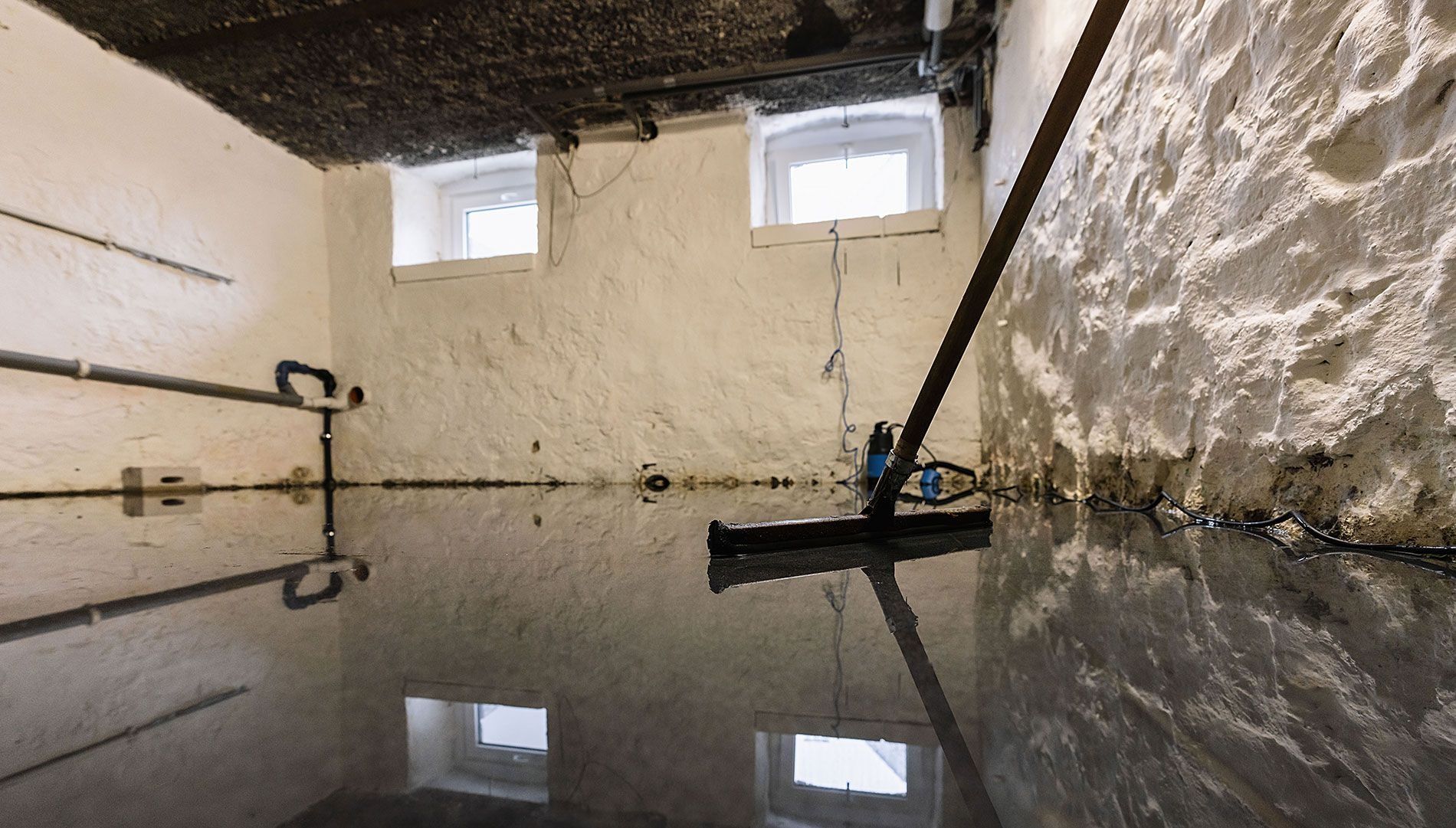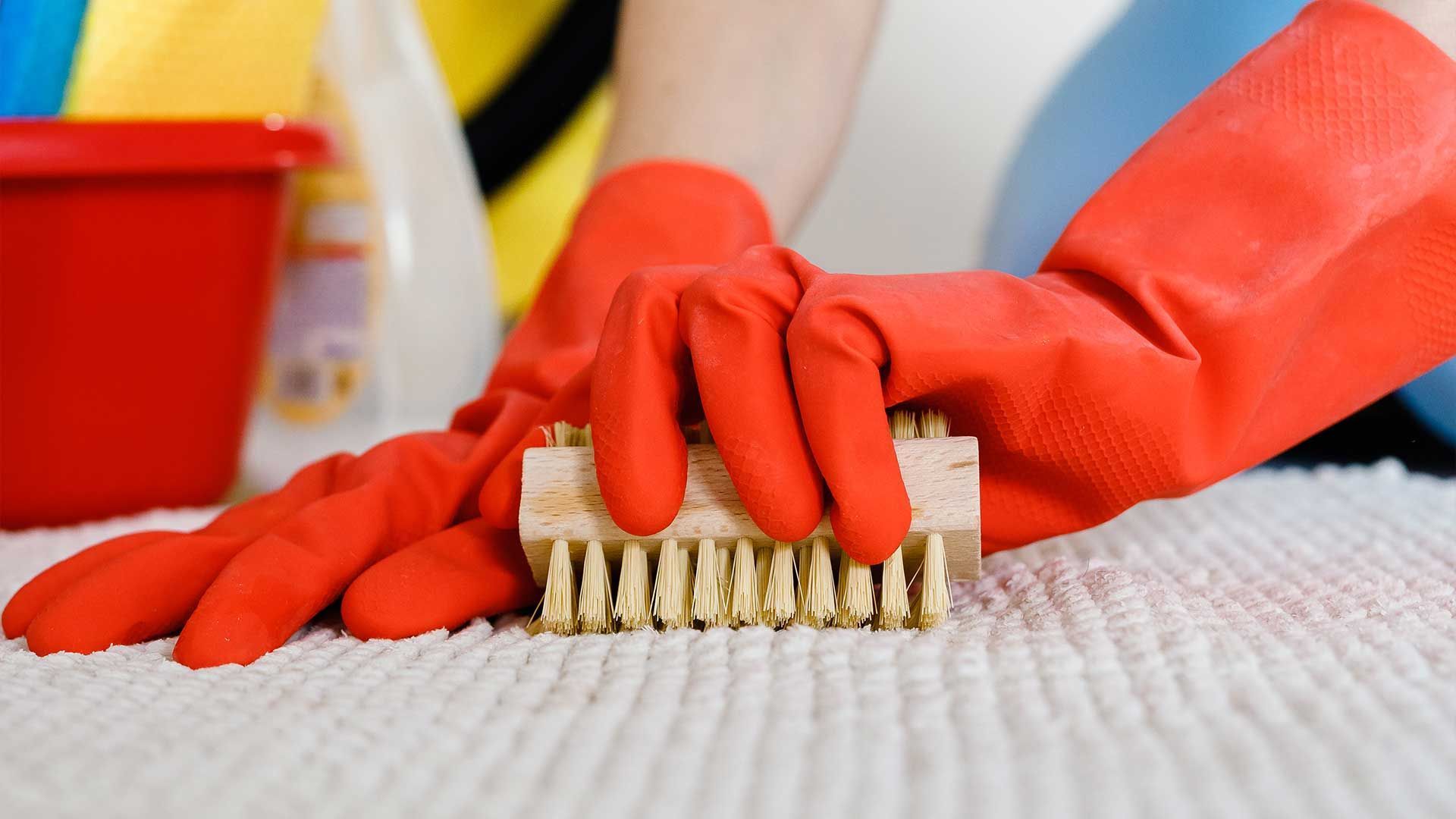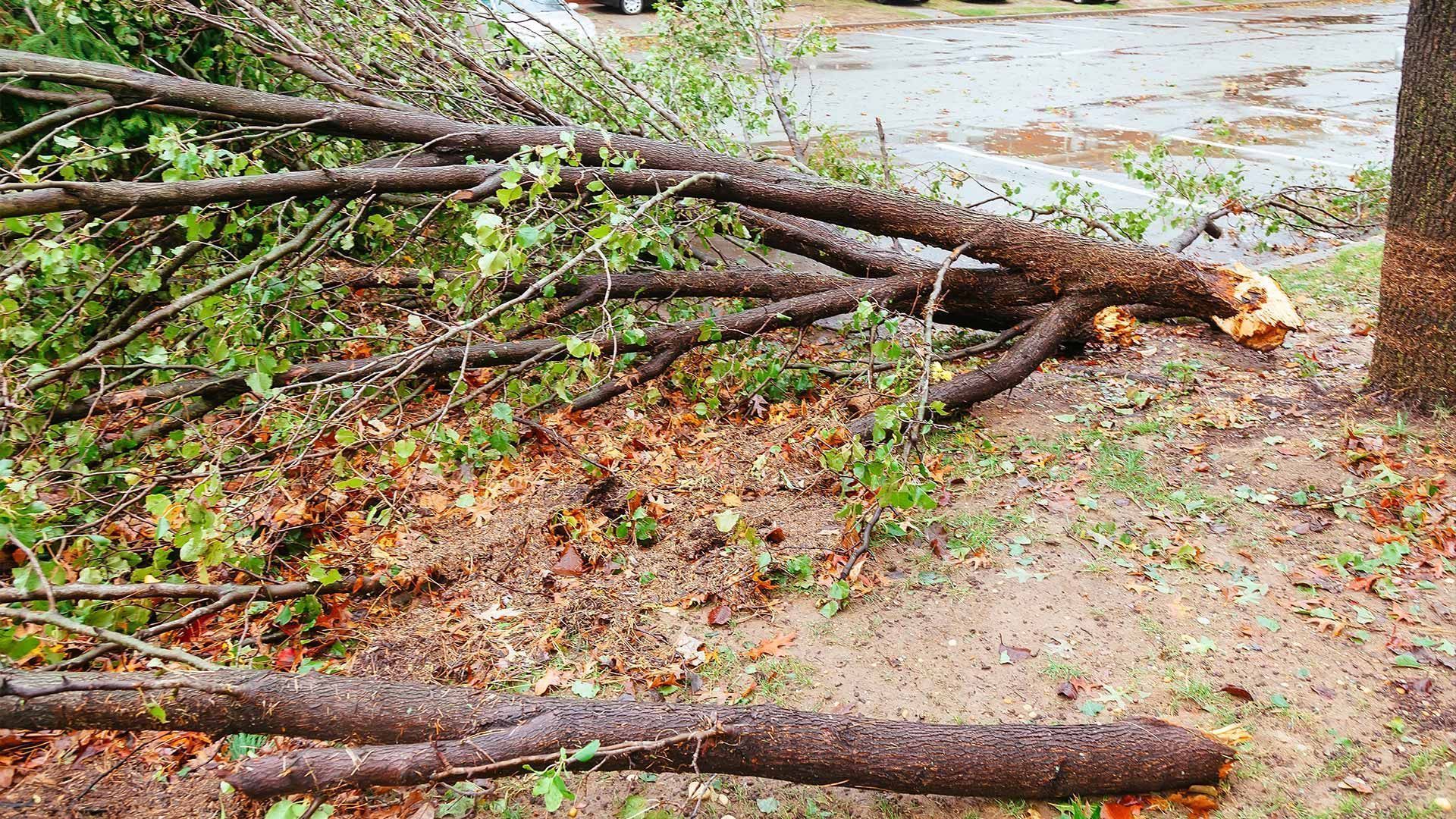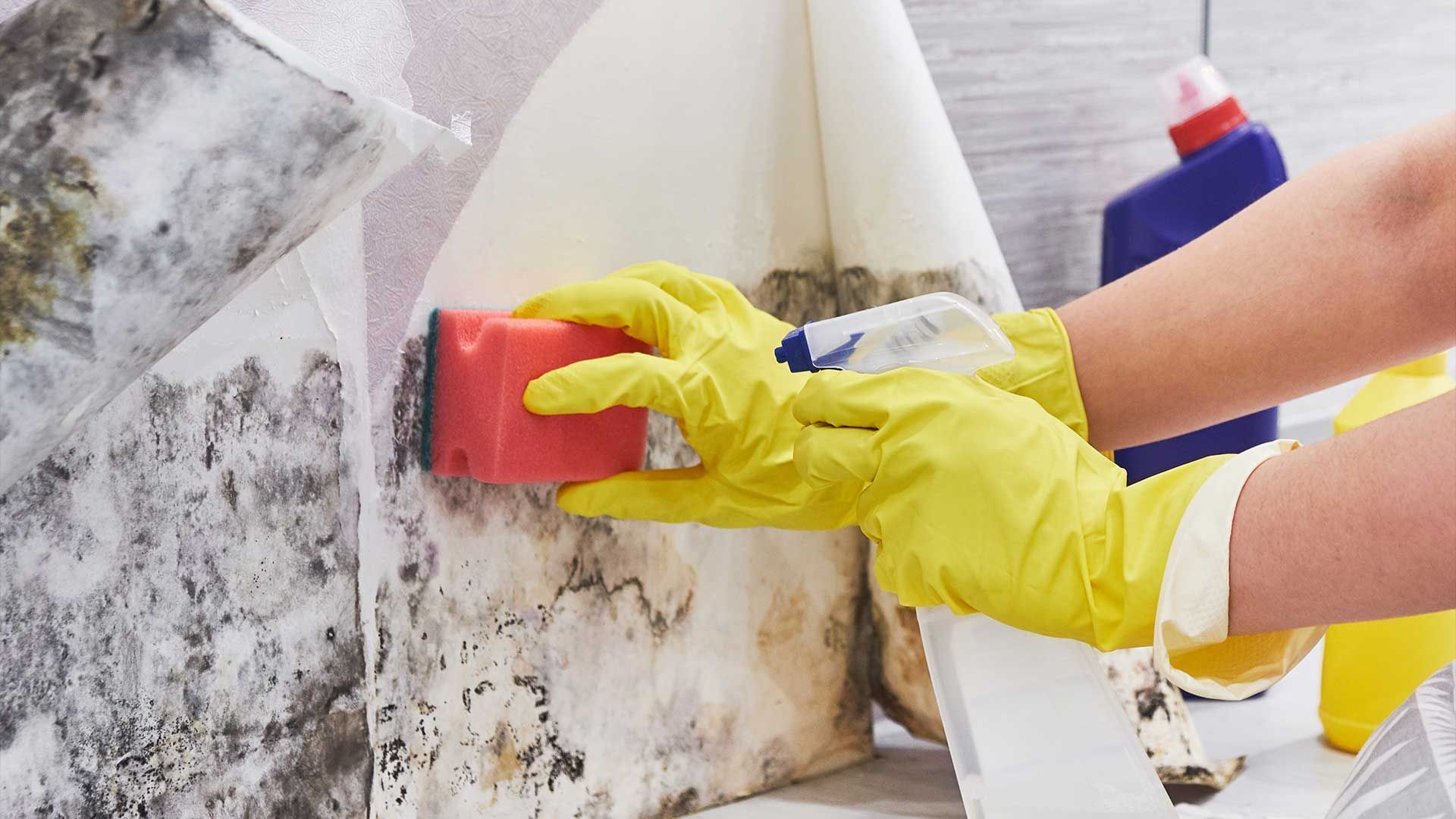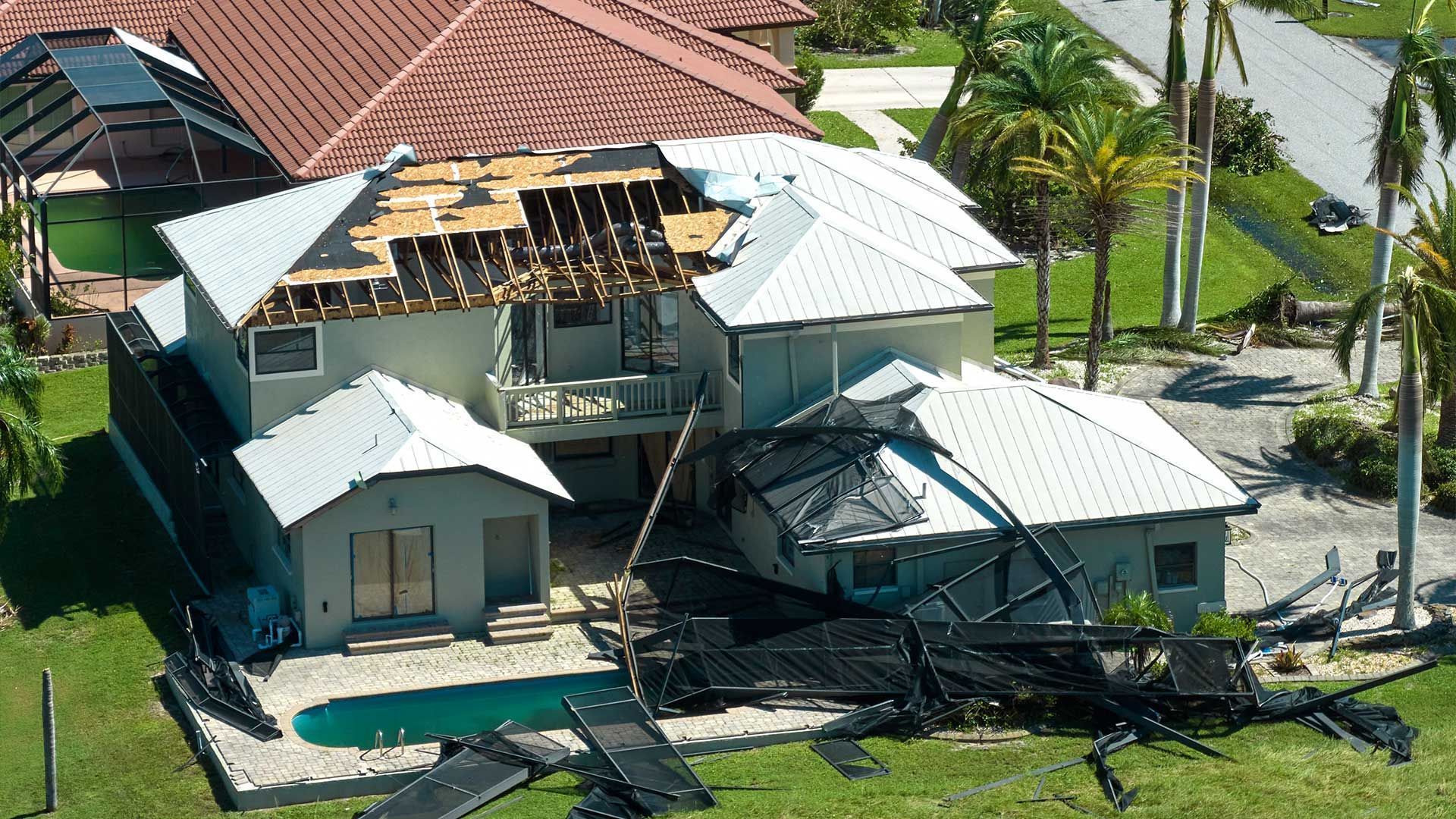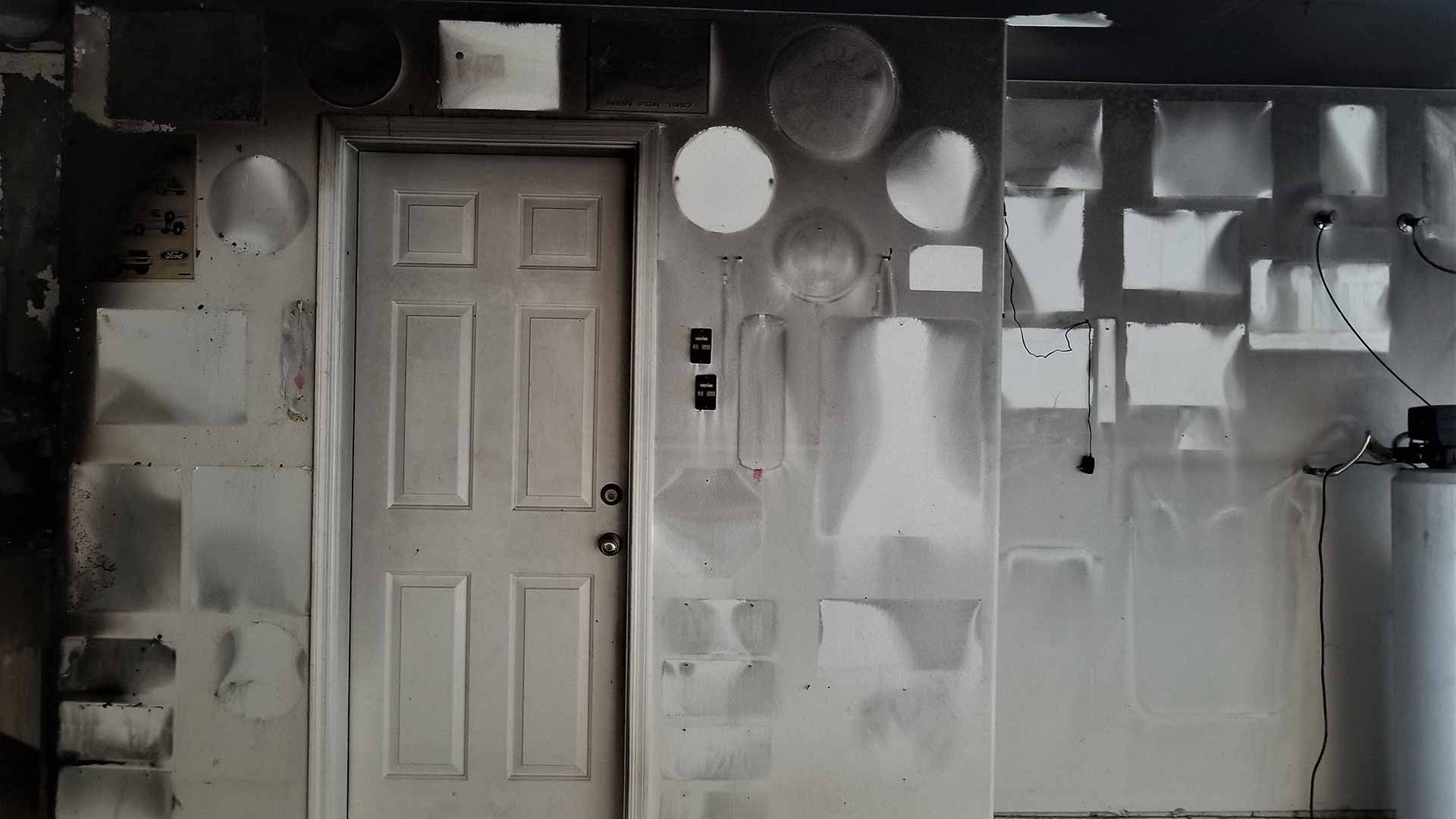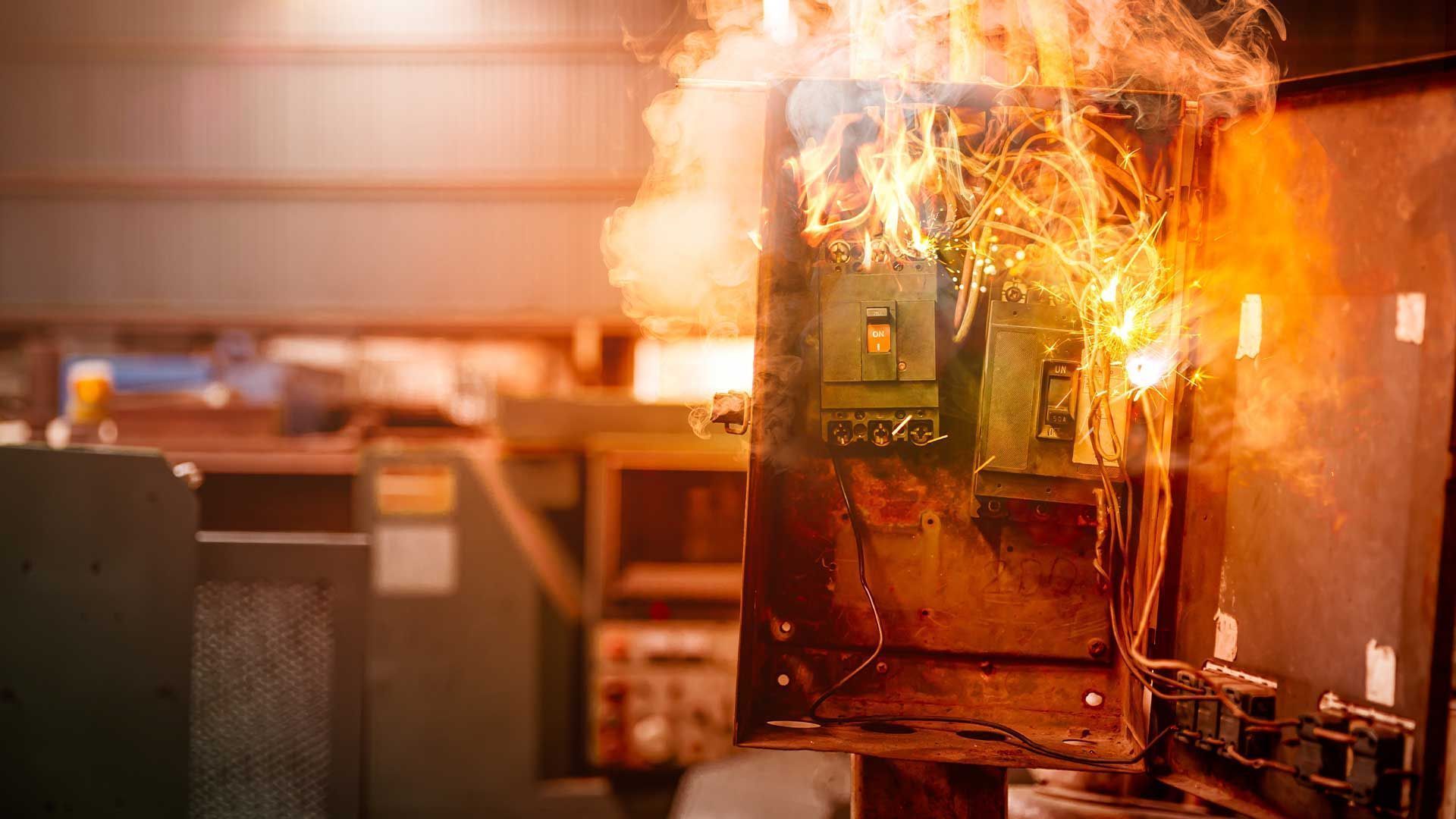10 Essential Steps for Personal Property Damage Restoration
This article will guide you through the ten fundamental steps to help you navigate the often overwhelming journey of property damage recovery. Whether it's water damage , fire damage, or mold growth, being prepared and informed can alleviate the stress and financial burden associated with these unfortunate events.
We understand that property damage can be a daunting experience, which is why we've tailored this guide to an 8th grader's level of understanding. You don't need to be an expert to protect your home and possessions effectively. By the time you finish reading, you'll have the knowledge and confidence to tackle personal property damage restoration head-on, ensuring that your home and cherished items are restored to their former glory.
Assessment and Documentation
Step 1: Initial Damage Assessment
The first crucial step in personal property damage restoration is assessing the initial damage. When personal property damage strikes, whether due to water, fire, or other causes, it's essential to understand the extent of the harm. Think of it as being a detective for your property. Look carefully at the affected areas, and don't forget to check behind and under things.
Step 2: Documenting the Damage
Once you've assessed the damage, it's time to document it. This documentation will be critical for insurance claims and for keeping track of what needs to be restored or replaced. Take clear photos and videos of the damage, making sure to capture all the affected areas and items. Write down detailed notes, including the date and time of the damage assessment.
By following these two initial steps, you set the stage for a smoother property damage restoration process. You'll have a clear understanding of the damage, and your documentation will help you communicate effectively with insurance providers and restoration professionals, ensuring a faster and more successful recovery.
Step 3: Ensure Safety on the Restoration Site
Safety should be your top priority during personal property damage restoration. It's essential to create a safe environment for both you and any restoration professionals working on your property. Start by turning off the power and gas supply to the affected area to prevent accidents. If the damage is extensive, consider evacuating until it's safe to return.
Clear any debris or hazards that may cause tripping or falling. Use caution when navigating wet or slippery surfaces, especially if water damage is involved. If there's a risk of structural instability, stay clear and alert professionals.
By following these safety precautions, you reduce the risk of injuries and further damage. Remember, your well-being and the safety of your family come first, and taking these measures ensures a secure environment for property damage restoration to proceed smoothly.
Step 4: Water Extraction and Drying
Water damage can quickly lead to extensive property damage and mold growth if not addressed promptly. The next critical step in personal property damage restoration is water extraction and drying. Begin by removing standing water using pumps or wet-dry vacuums. Make sure to wear appropriate safety gear such as rubber boots and gloves when dealing with contaminated water.
After water removal, focus on thorough drying. Open windows, use fans, and dehumidifiers to speed up the drying process. Proper ventilation is key to preventing mold growth and further damage.
Step 5: Mold Inspection and Remediation
Mold is a common issue after water damage, and it can be harmful to your health. Inspect the affected areas for signs of mold growth, which may include a musty odor and visible mold colonies. If you discover mold, it's crucial to address it promptly.
Consider hiring a professional mold remediation service to ensure safe and effective mold removal. They have the expertise and equipment to handle mold infestations properly, protecting both your property and your health. By following these steps, you'll effectively mitigate the damage caused by water and prevent potential health hazards associated with mold growth.
Step 6: Cleaning and Removing Smoke Residue
Fire damage
can be particularly devastating, but even after the flames are extinguished, the aftermath continues. Smoke residue can permeate walls, furniture, and belongings, leaving a lingering odor and discoloration. To address this, cleaning and removing smoke residue is essential.
Begin by wearing protective gear such as a mask and gloves. Ventilate the area to reduce the smoke odor. Using appropriate cleaning products, carefully wipe down surfaces affected by smoke. Pay close attention to walls, ceilings, and items like curtains and upholstery.
Step 7: Odor Removal and Deodorization
Smoke odors can persist long after the fire is out. To ensure a complete restoration, deodorization is crucial. Consider using air purifiers, activated charcoal, or professional deodorizing treatments to eliminate stubborn odors. Consult with a restoration specialist if necessary for more advanced deodorization techniques.
By diligently following these steps, you'll not only address visible damage but also tackle the less obvious yet equally important aspects of fire and smoke damage restoration. This ensures that your property is not only visually restored but also free from lingering odors and potential health hazards.
Step 8: Repairing Structural Damage
After addressing the immediate damage caused by water or fire, it's crucial to evaluate and repair any
structural damage
. This step involves a thorough inspection of your property's foundation, walls, ceilings, and support structures. Look for signs of structural instability such as cracks, sagging, or weakened areas.
If structural damage is identified, it's essential to enlist the expertise of professionals experienced in structural repairs. Attempting to address these issues without the necessary knowledge and skills can be dangerous. Experienced contractors will assess the extent of the damage and recommend appropriate repairs, ensuring your property's safety and stability.
Structural repairs not only guarantee the safety of your home but also prevent potential long-term issues that could compromise your property's integrity. By taking this step seriously, you contribute to a successful and safe personal property damage restoration process.
Step 9: Restoring Personal Belongings
Personal belongings often hold sentimental and practical value. During property damage restoration, it's essential to address the restoration of these items. Begin by sorting through your belongings to identify salvageable and non-salvageable items. Items with sentimental value may be particularly important to restore.
For salvageable items, cleaning and restoration techniques come into play. Depending on the type of damage, this might involve cleaning, decontamination, or specialized restoration services. For instance, damaged electronics may require professional inspection and repair.
It's advisable to consult with restoration professionals who specialize in content restoration. They possess the expertise and equipment to handle a wide range of damaged items effectively.
By focusing on restoring personal belongings, you not only recover valuable possessions but also preserve the memories and sentiment attached to them. This step can greatly contribute to the emotional and practical recovery from personal property damage.
Step 10: Thorough Inspection and Quality Checks
As your personal property damage restoration nears completion, the final step is a thorough inspection and quality assurance process. This step ensures that all restoration work has been completed to the highest standards and that your property is safe, functional, and aesthetically pleasing.
Begin by conducting a final walkthrough of your property. Check each area, paying attention to details like paint quality, flooring, fixtures, and overall cleanliness. Ensure that any structural repairs have been executed correctly and that there are no visible signs of damage or contamination.
After the visual inspection, engage professionals to perform necessary tests or assessments, such as air quality testing for mold spores or ensuring that electrical systems are functioning correctly.
By investing time in this quality assurance step, you can have confidence that your property has been fully restored, and it's ready for you to move back in and resume your daily life without any lingering issues or concerns.
Conclusion
In the face of personal property damage, whether caused by water, fire, or other unfortunate events, the journey to restoration can seem daunting. However, armed with the knowledge of these ten essential steps for personal property damage restoration, you have the power to take control of the situation and pave the way for a successful recovery.
Remember, you don't need to be an expert to protect your home and cherished possessions. By following these steps and seeking professional assistance when necessary, you can ensure that your property is restored to its former glory, both functionally and aesthetically.
For more guidance or assistance with your personal property damage restoration, don't hesitate to reach out to
Morris Restoration LLC at
(973) 769-4869. Our experienced team is here to help you navigate the restoration process, providing the support and expertise you need during this challenging time.
Your journey to property recovery begins with knowledge and action. Take the first step towards restoration and recovery today.
